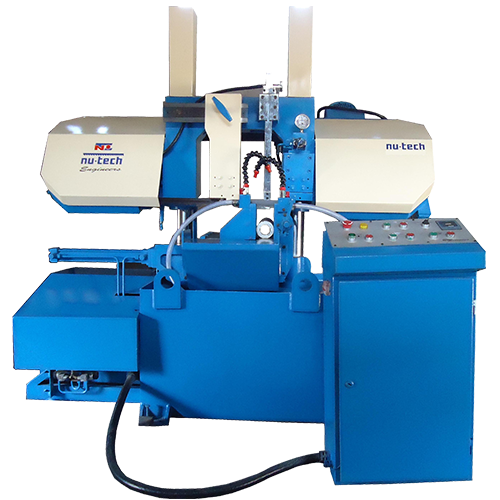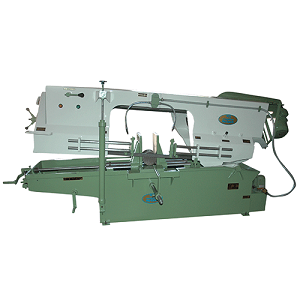What Is The Bandsaw Feed Rate?

Why Is The Bandsaw Cutting Slowly?
June 28, 2022
Why Does Bandsaw Keep Jamming?
July 2, 2022What Is The Bandsaw Feed Rate?
The Feed Rate is characterized by how much material (in square inches) a bandsaw can cut each moment. This number or sum is frequently alluded to as S.I.P.M. (Square Inches Per Minute).
Basic to the legitimate activity of a bandsaw is the smooth dauntlessness of the top of the saw as it drops onto the material being cut. The feed ought to continuously be smooth and consistent, not flighty or uneven. Hydraulic liquids are utilized in bigger, more modern estimated bandsaws while on more modest machines, springs might be all the more usually used to change the feed rate.
For a legitimate feed to happen on bigger machines that utilize hydraulic liquids, the hydraulic tanks genuinely should be all full. Air in the hydraulics line can taint the liquid. Additionally, assuming there is an insufficient volume of liquid, that liquid can overheat and influence feed consistency.
The bigger bandsaw machines will have either a measure or computerized read-out demonstrating the tension, and most machines’ Operator Manuals will give data on the legitimate strain settings to guarantee the appropriate feed rate.
Something else to know about hydraulics is that the feed remunerates valve associated with the operations of a saw has a top blade guide. This valve should be working appropriately, and any chips not appropriately cleared from the saw blade necks will make the valve capability mistakenly.
Likewise, yet absolutely more manual in nature, are the springs utilized on more modest machines that in the end weaken or extend, permitting the saw to over-feed. It is critical to check the feed strain to guarantee a legitimate fall of the head. This ought to be essential for the administrator’s expected level of effort each time another assignment on a similar saw is embraced.
Read more about Why Is The Bandsaw Cutting Slowly?

